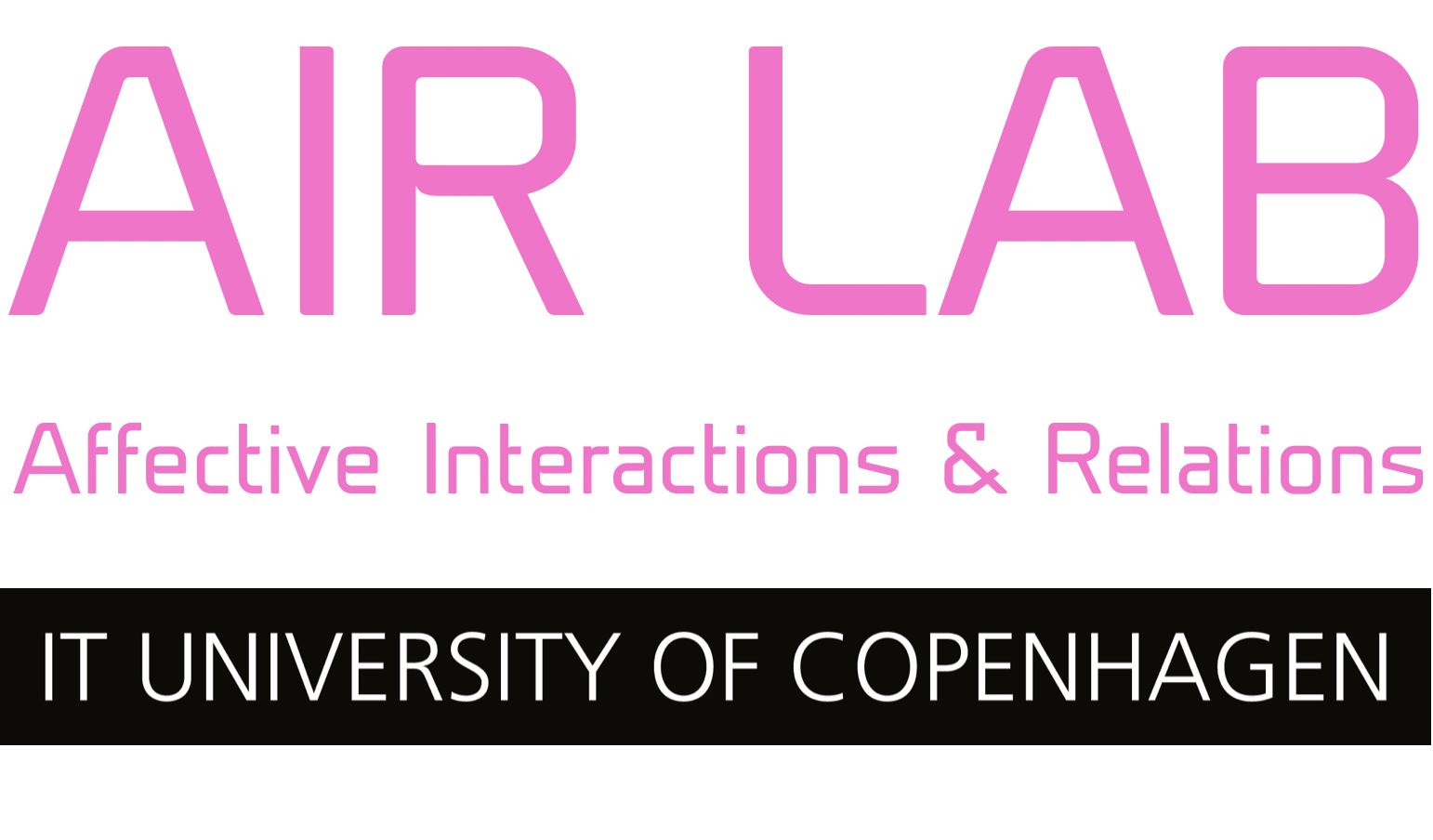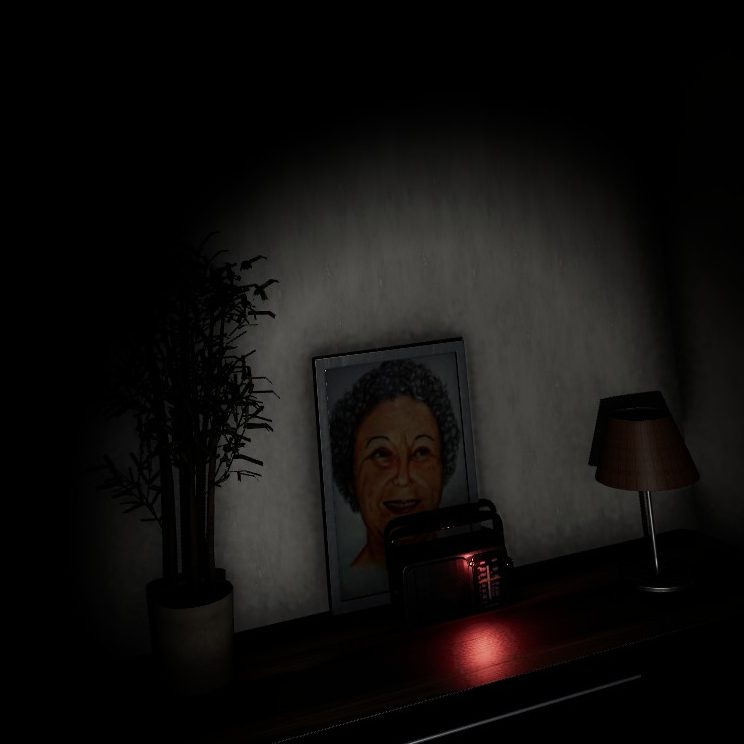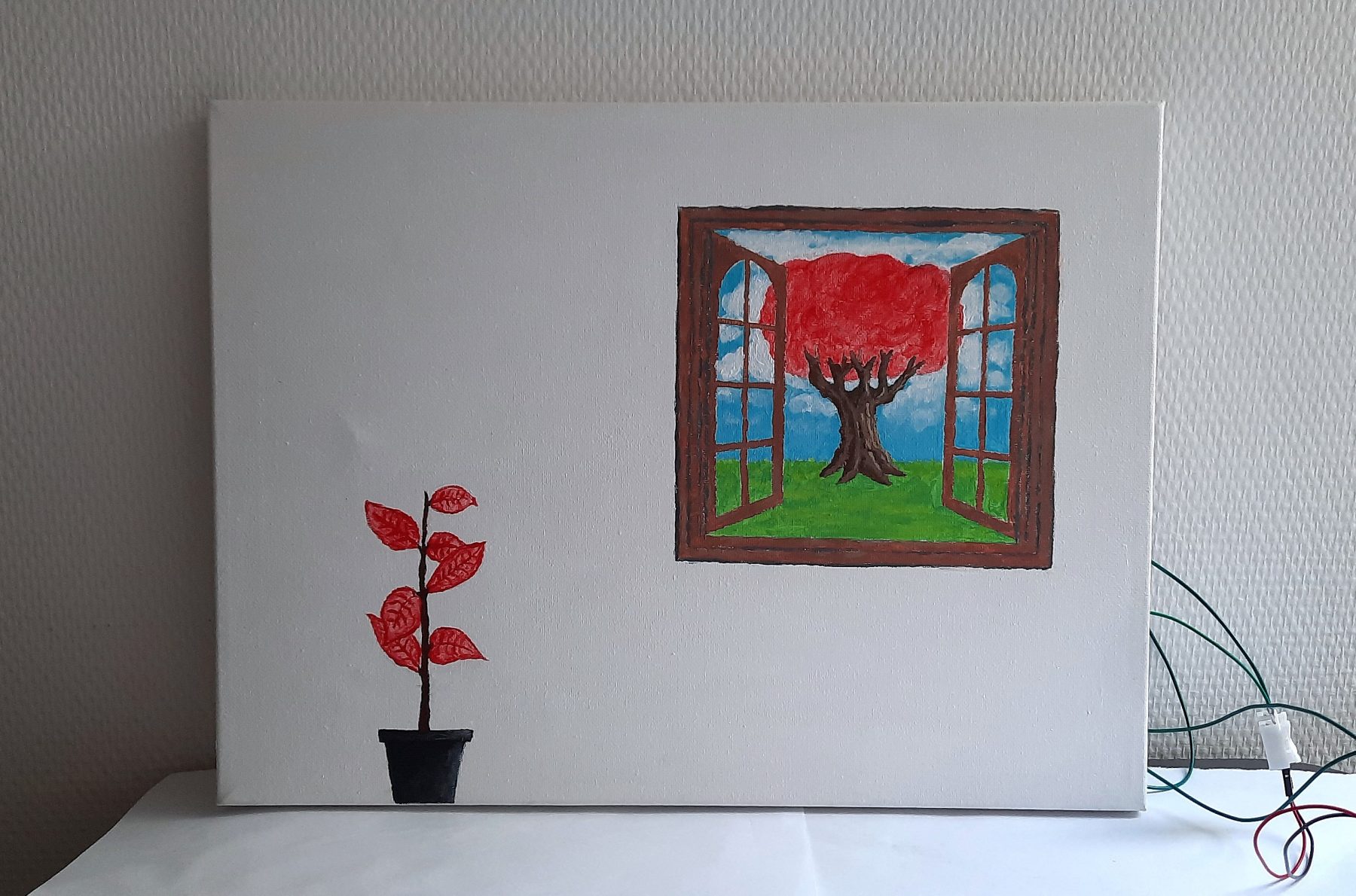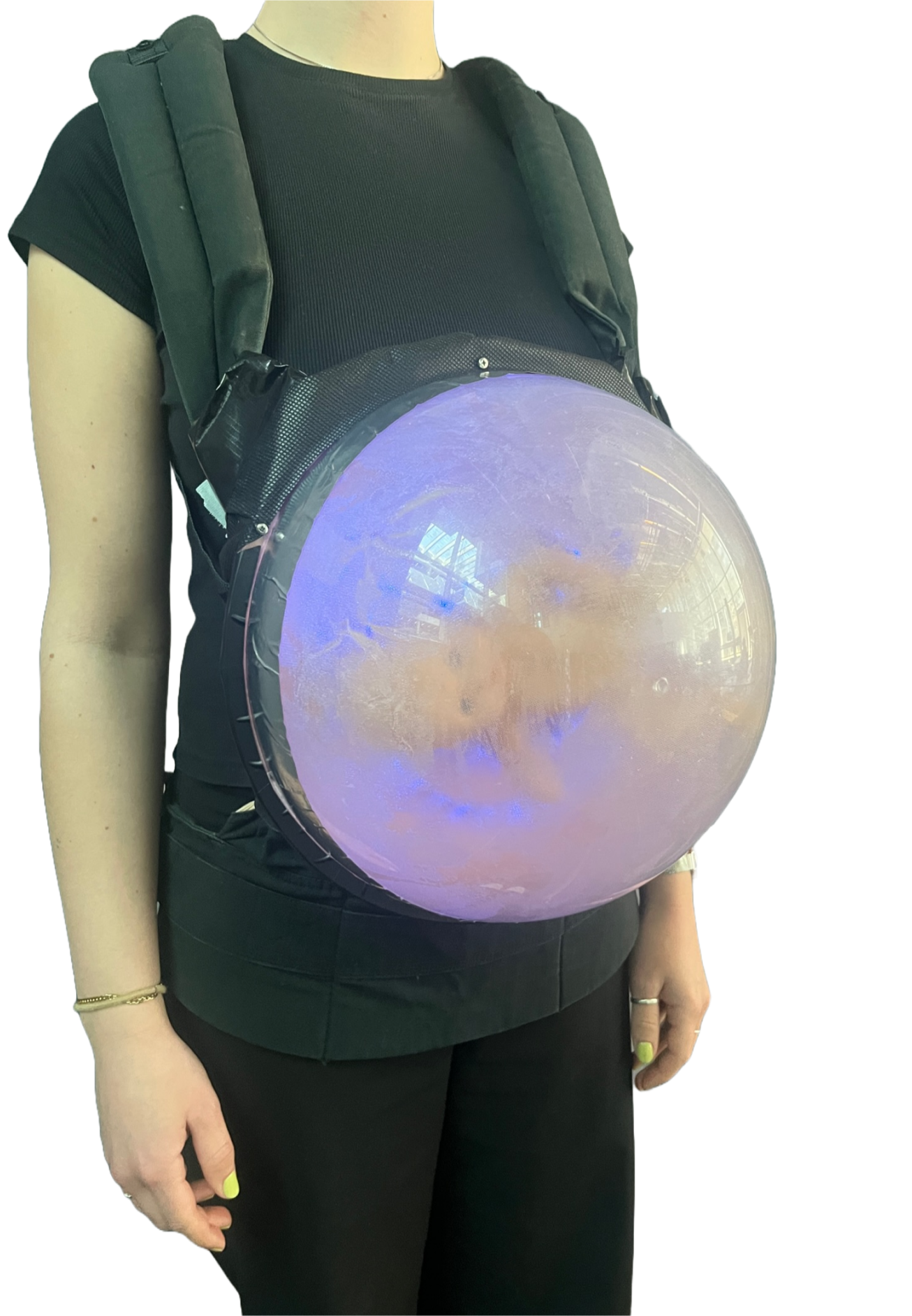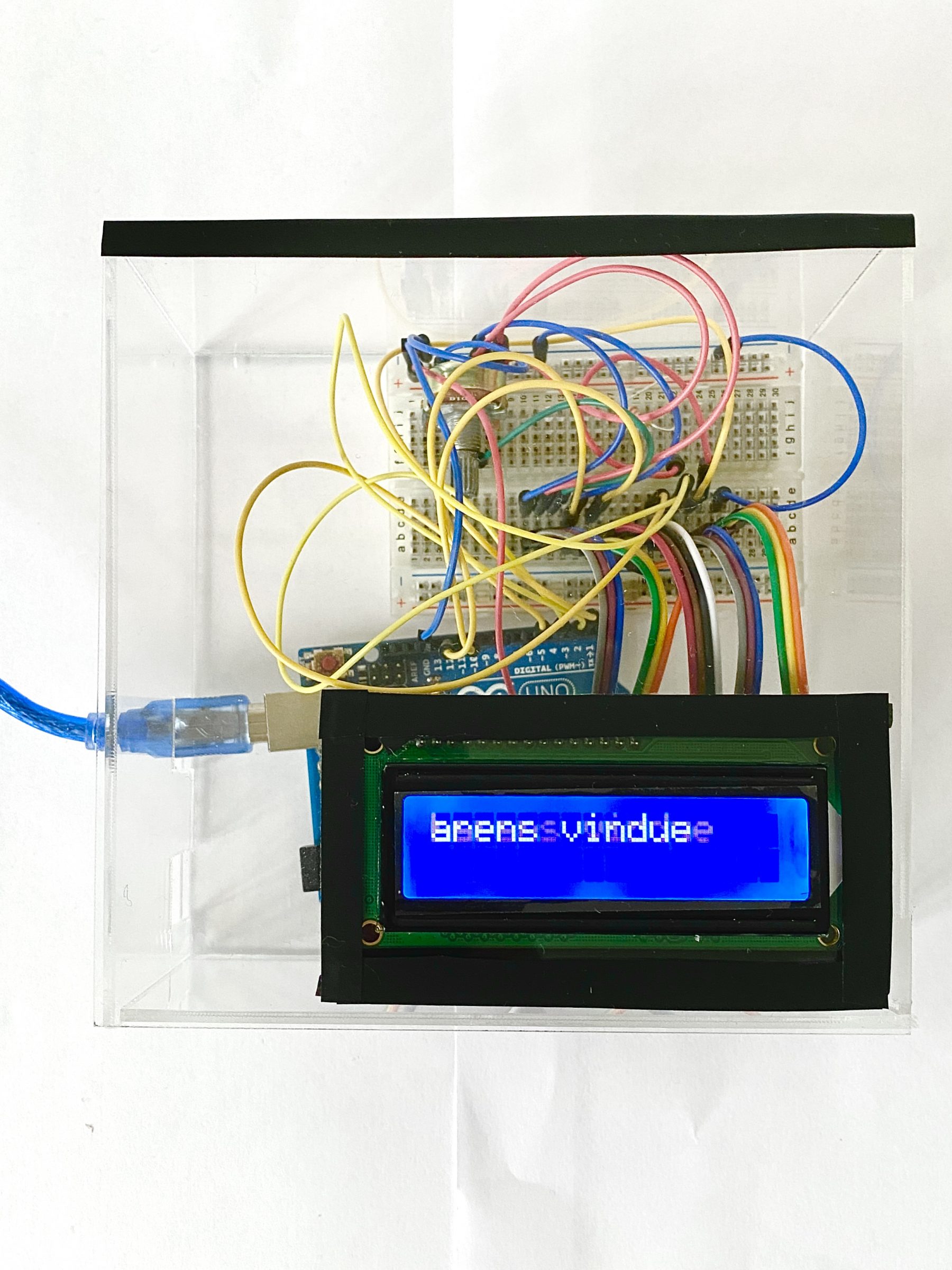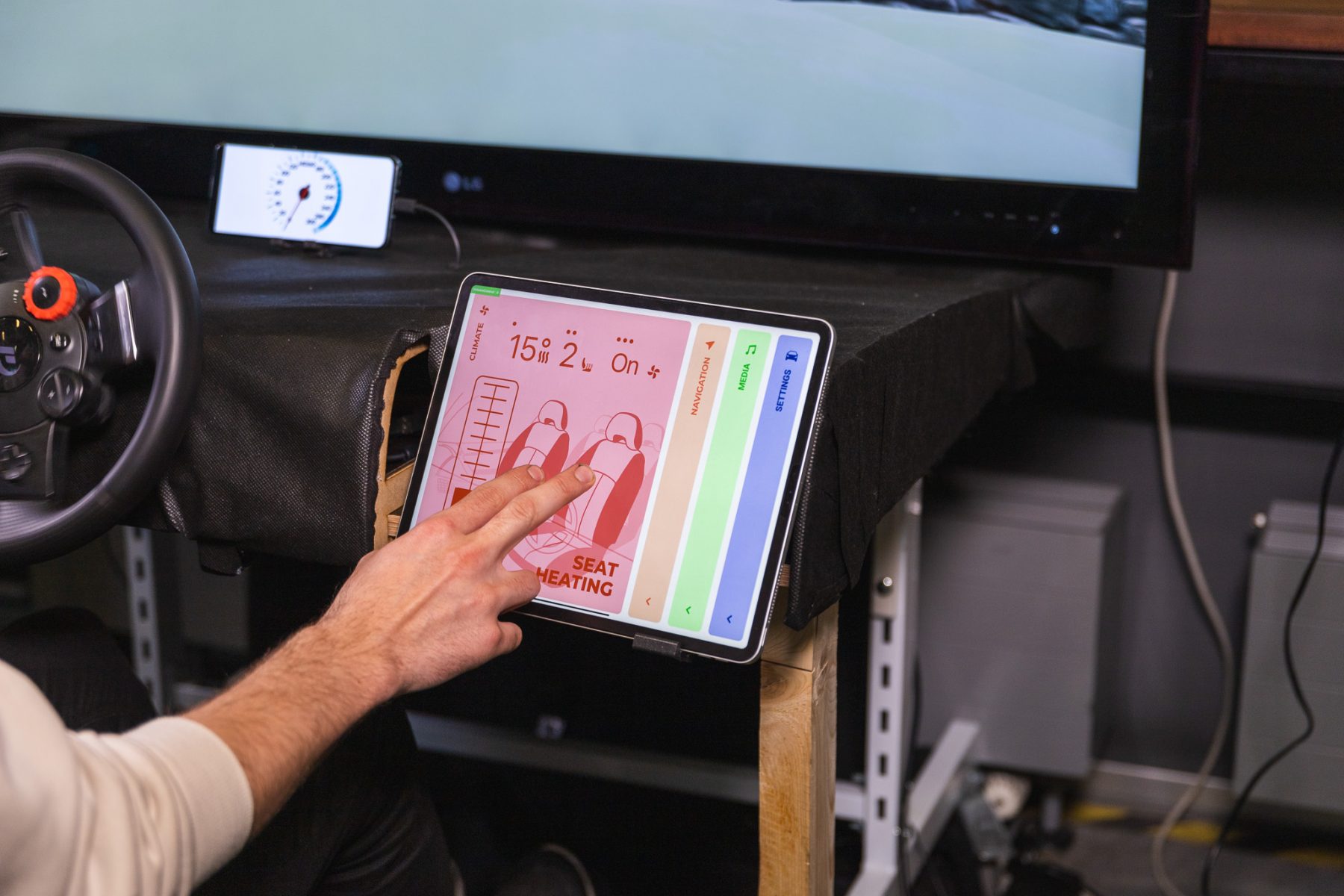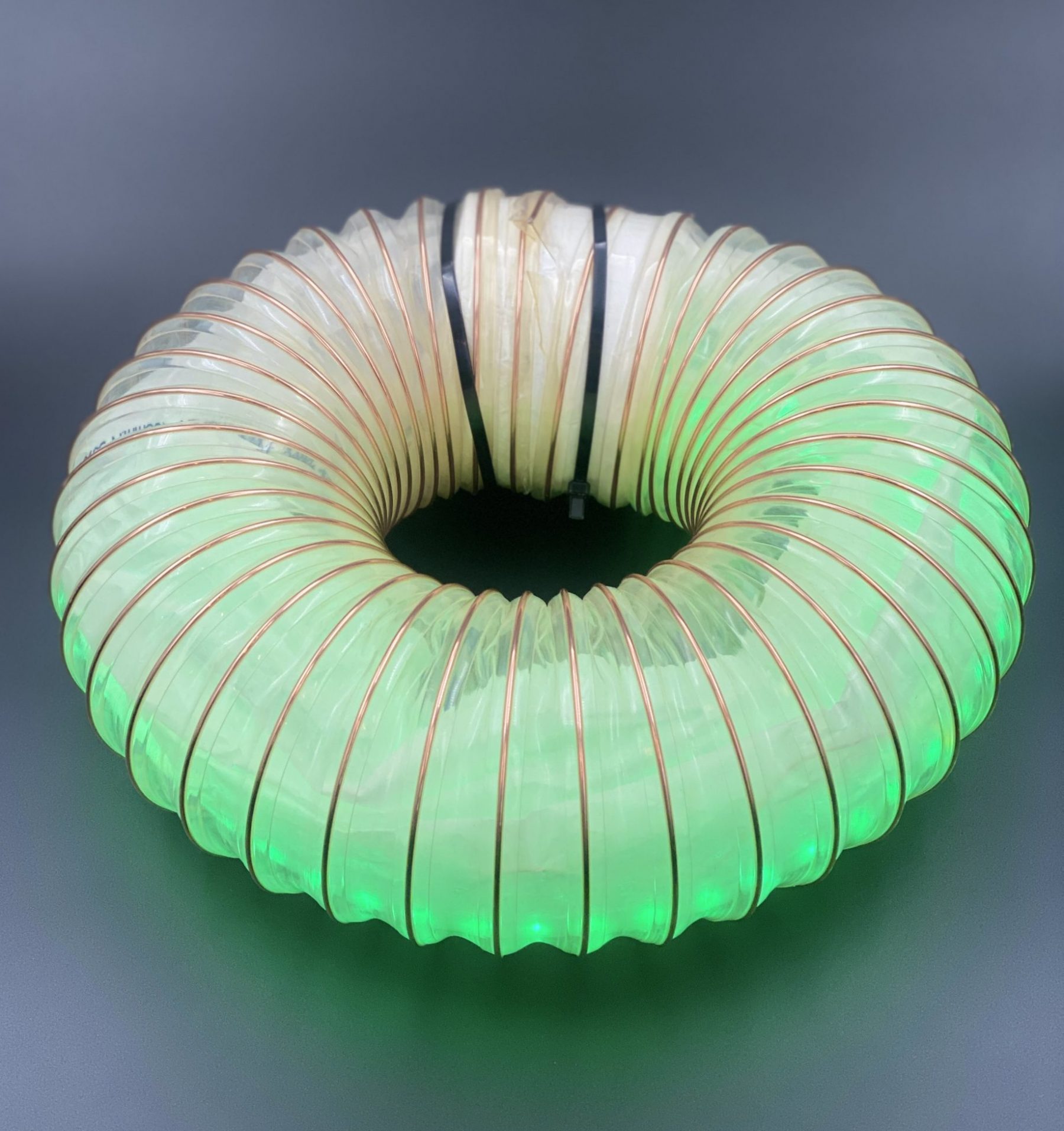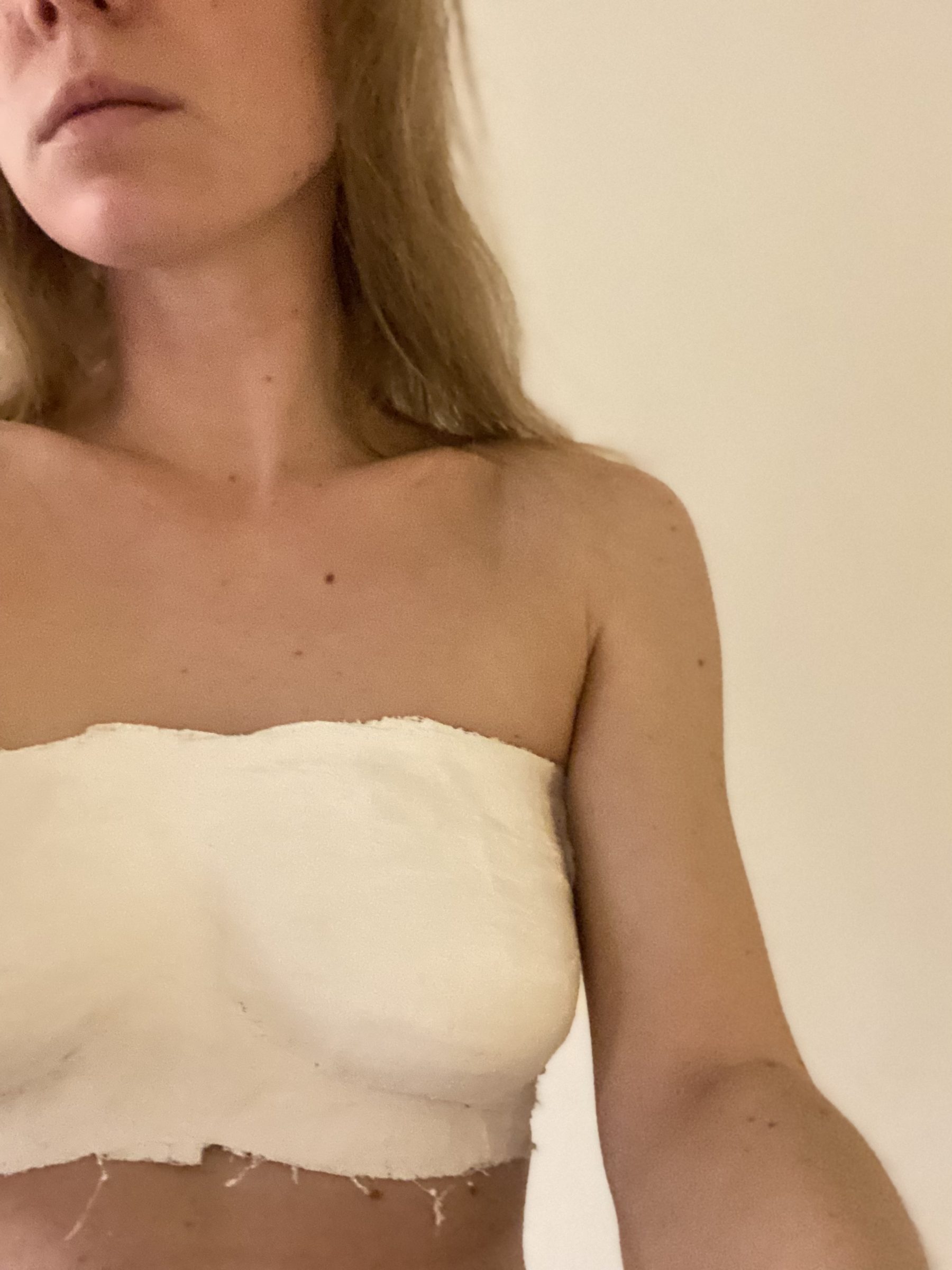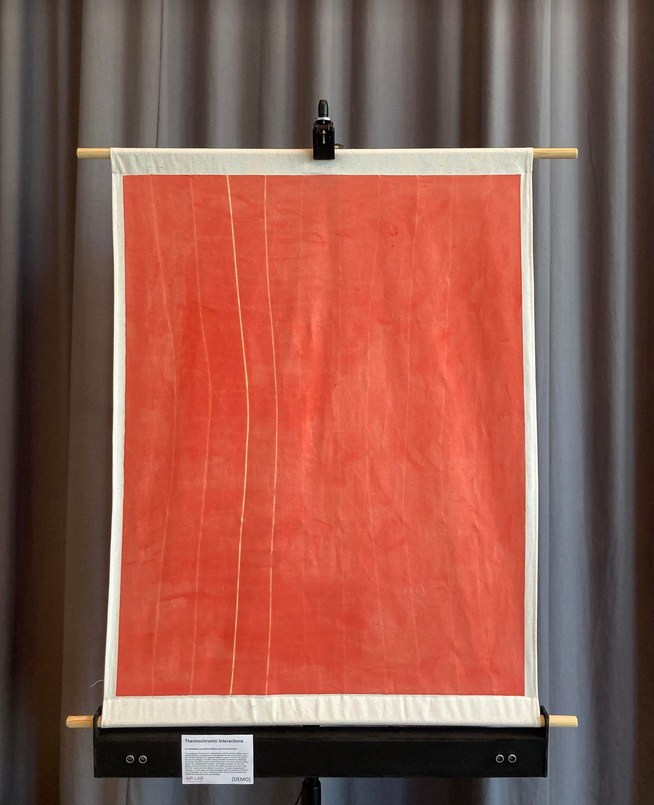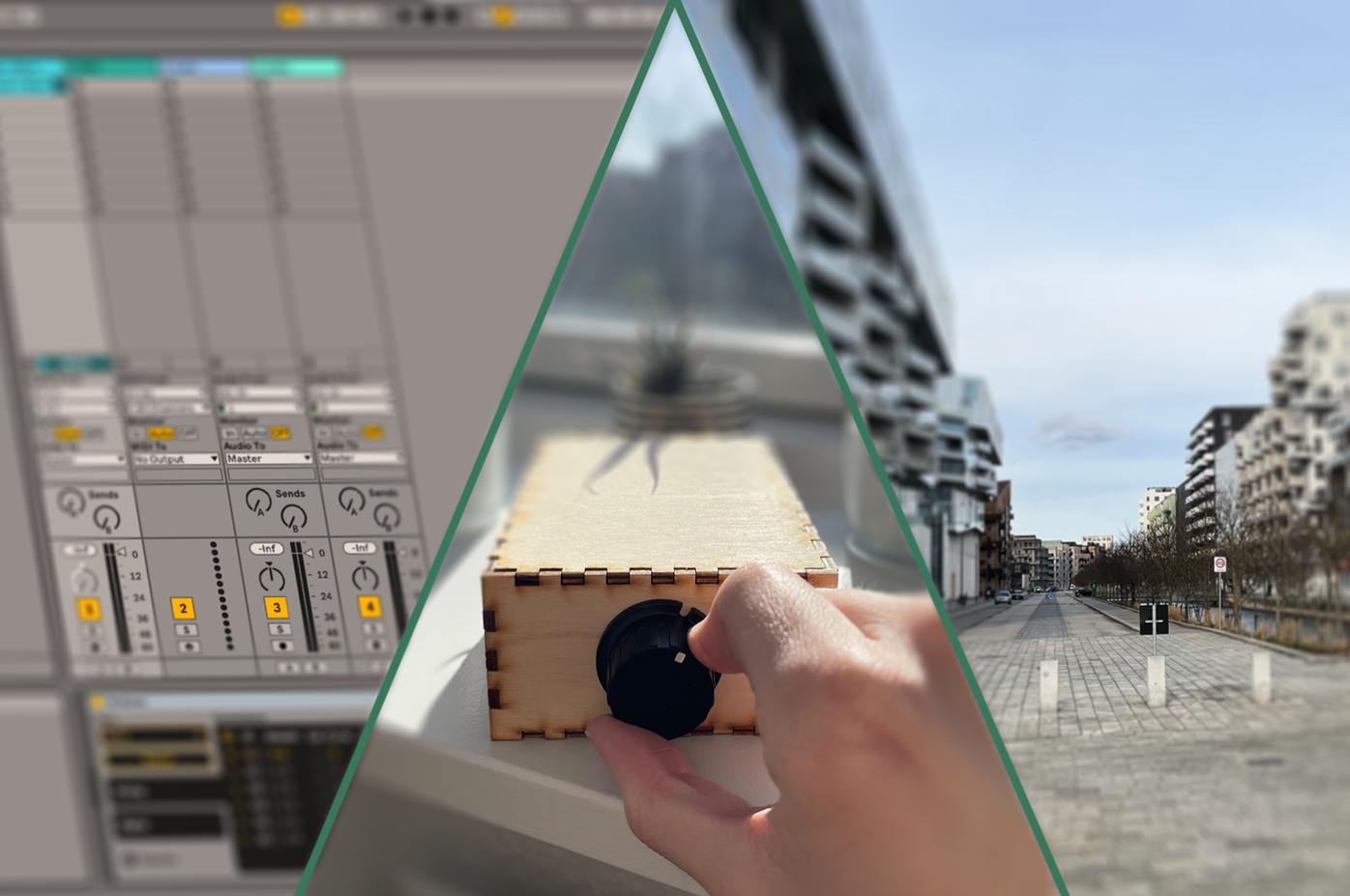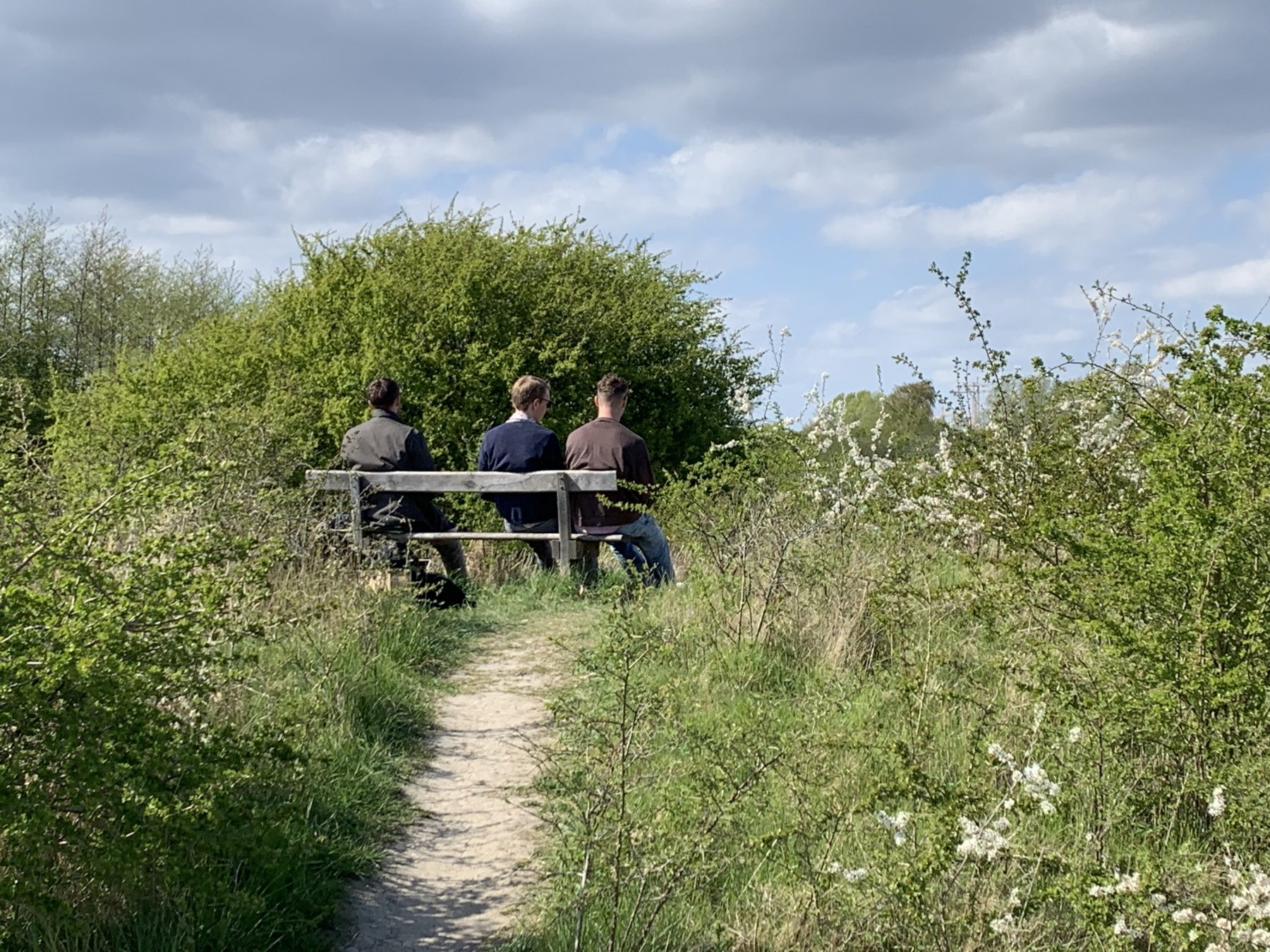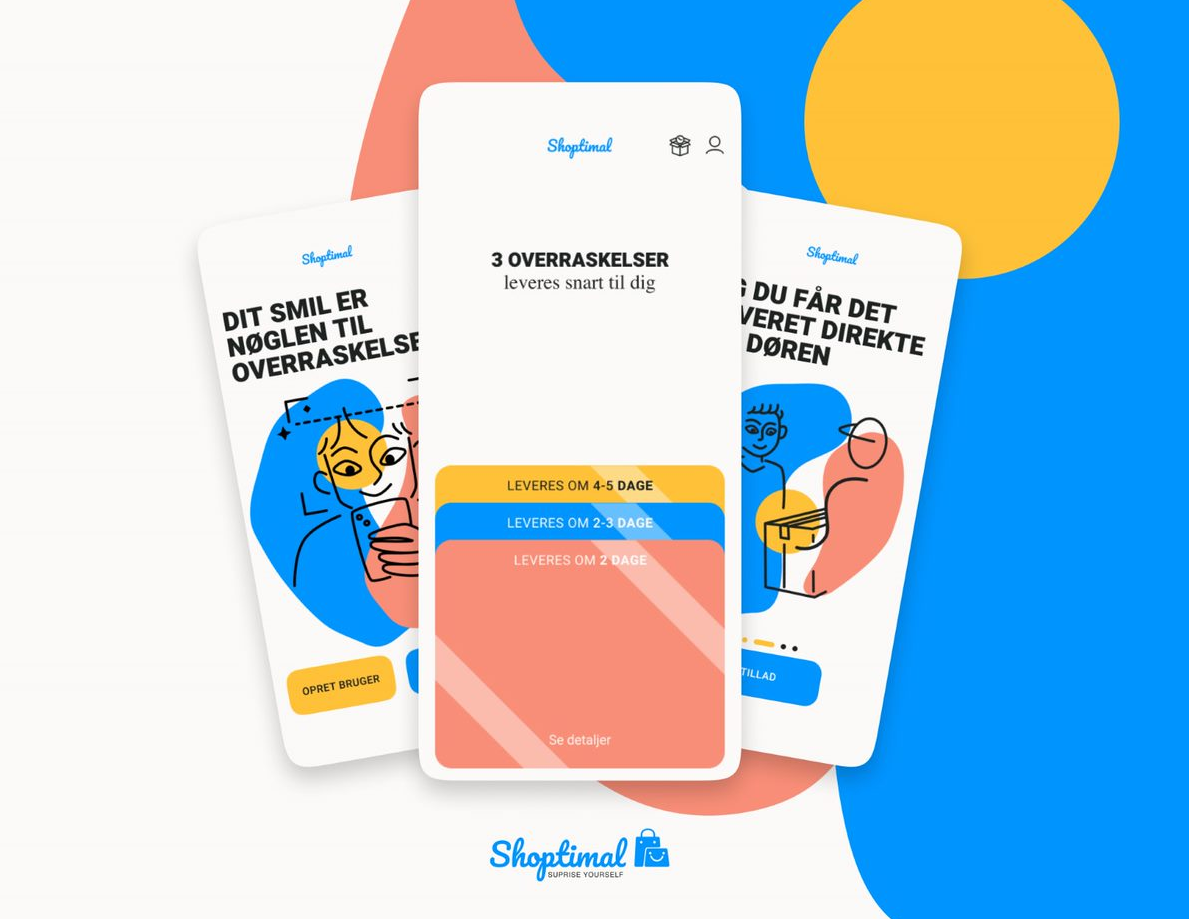You Against You
“YaY” - YouAgainstYou. VR Horror Game Adapting based on EEG or Brainwaves. Description Using players' own brainwaves to adapt a VR horror game based on the data sent via the Muse 2 headset. YaY is a VR horror game of the psychological nature, where the player must traverse a hallway several times wherein weird anomalous things are happening. The player is equipped with a Muse2 under the VR headset, that records their EEG data, or brainwaves, and sends it to the game in real-time. This project aims to enlighten the challenges involved with the different phenomena that occur when combining all aspects of such an…
